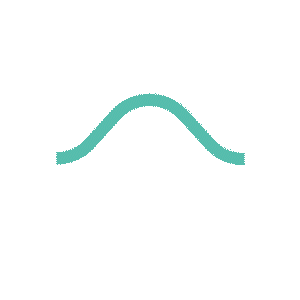Dal 4 al 15 maggio, la Nave Gaia Blu del Consiglio Nazionale delle Ricerche (CNR) è impegnata in un’importante missione nel Golfo di Napoli, dedicata allo studio e al ripristino degli habitat marini profondi. Questa spedizione scientifica coinvolge un team di ricercatori e tecnologi provenienti da diversi istituti di ricerca nazionali e internazionali, compresi il CNR-Ismar, il CNR-Isp, il CNR-Irbim, l’Università di Bari “Aldo Moro”, l’Università di Galway in Irlanda, la Stazione Zoologica “Anton Dohrn”, e l’Institute français de recherche pour l’exploitation de la mer (IFREMER) francese.
L’obiettivo principale è esplorare e documentare gli ecosistemi profondi del Canyon Dohrn e di una foresta sottomarina abitata da coralli neri. Per raggiungere questo scopo, il team utilizza un robot sottomarino avanzato (Remotely Operated Vehicle – ROV) equipaggiato con videocamere ad alta risoluzione e bracci meccanici. Questo strumento consentirà una caratterizzazione completa degli habitat profondi e delle specie marine di elevato valore ecologico presenti.
Una delle innovazioni di questa spedizione è l’implementazione di una strategia di ripristino attivo degli habitat danneggiati. Questo comprende la rimozione dei rifiuti antropogenici, come attrezzi da pesca abbandonati e rifiuti in plastica, e il posizionamento di “ecoreef”, strutture artificiali stampate in 3D progettate per favorire l’insediamento di nuovi coralli. Queste strutture saranno dotate di telecamere per contribuire alla rete di osservazione EMSO (European Multidisciplinary Seafloor and water column Observatory).
Federica Foglini, ricercatrice del CNR-Ismar, che coordina la prima parte della spedizione, ha sottolineato l’importanza di acquisire nuove conoscenze sui reef marini profondi e sulle azioni per preservarli, in linea con la nuova legge sul ripristino della natura. Questa spedizione contribuisce anche a diversi progetti internazionali e nazionali, tra cui il progetto europeo “Life Dream” e il progetto PRIN “Glide”.
Paolo Montagna del CNR-Isp, coordinatore della seconda parte della spedizione, ha aggiunto che questa campagna permetterà di testare le nuove tecnologie installate sulla Nave Gaia Blu per condurre ricerche multidisciplinari. Alcune attività si basano su precedenti esplorazioni al largo di Crotone durante la campagna PIONEER.
In sintesi, la missione della Nave Gaia Blu rappresenta un importante sforzo scientifico per comprendere, proteggere e ripristinare gli ecosistemi marini profondi nel Golfo di Napoli, utilizzando tecnologie all’avanguardia e collaborazioni internazionali per affrontare le sfide ambientali attuali.





